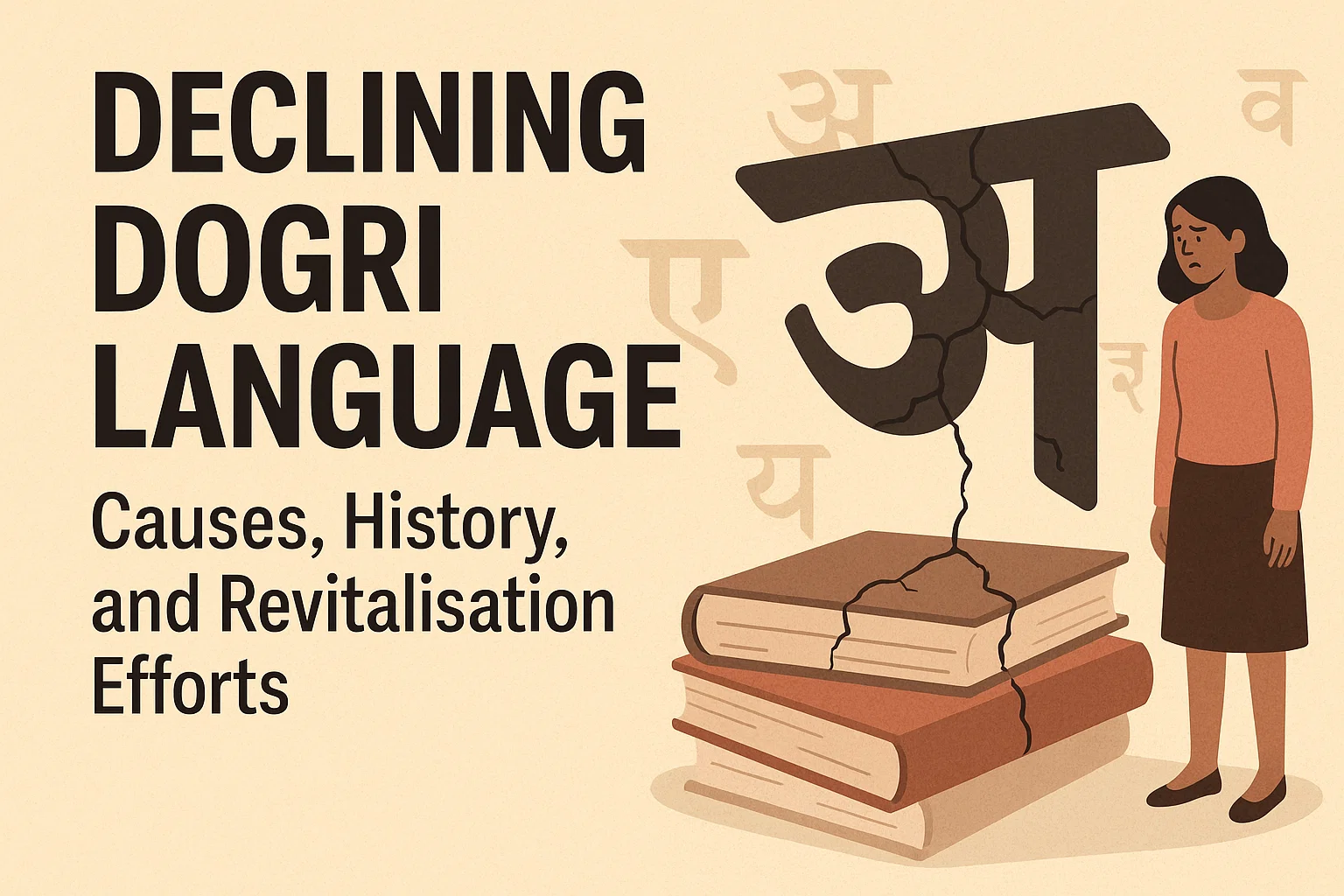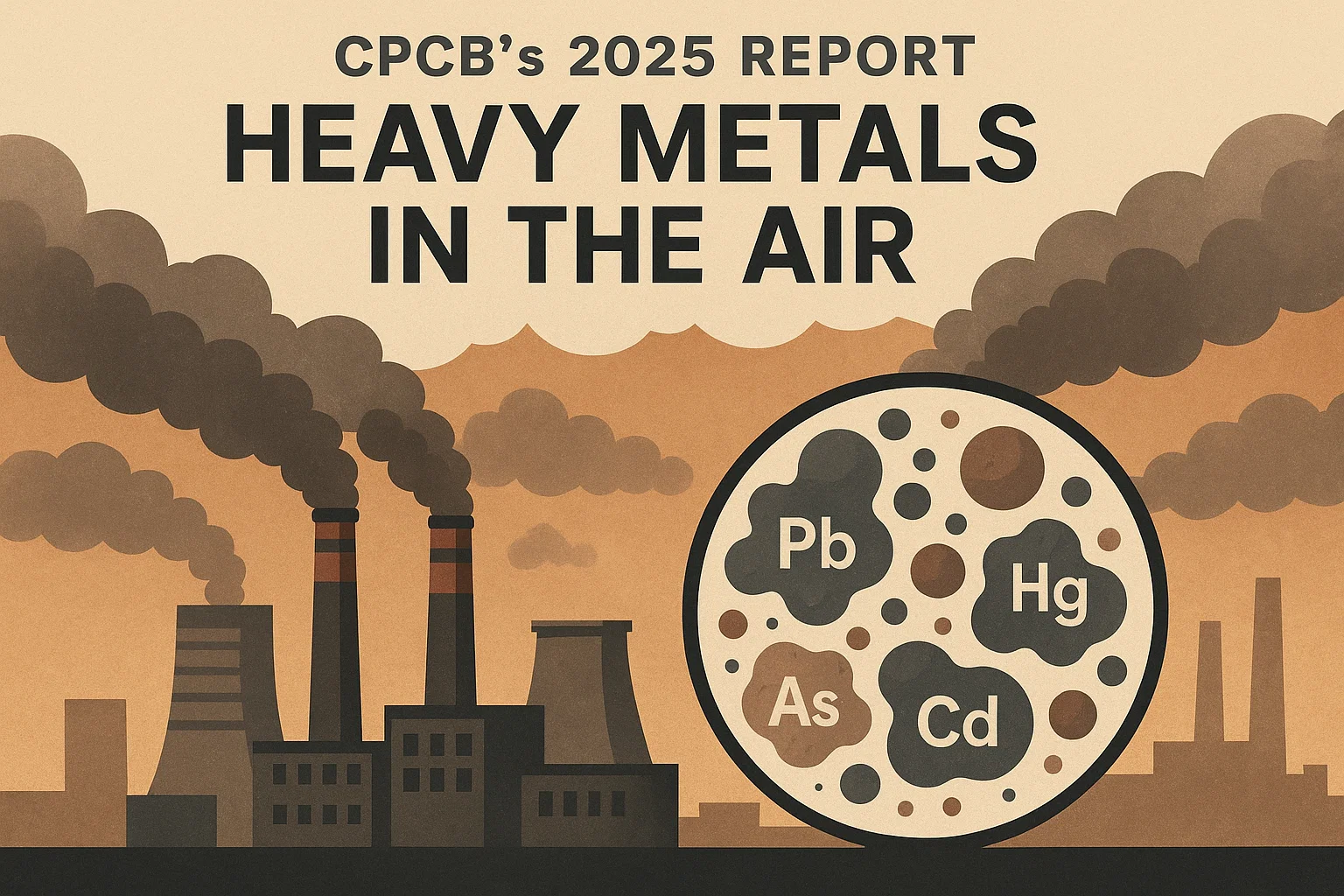Font size:
Print
Vertical Growth in Asian Cities: A New Urban Trend
Context:
A study in Nature Cities reveals that cities, especially in Asia, are growing vertically more than horizontally. This trend accommodates increasing urban populations but poses challenges for infrastructure, the environment, and climate.
Urbanisation Trends:
- Growing Upwards: Asian cities are increasingly expanding vertically rather than horizontally, with more high-rise buildings accommodating urban populations.
- Global Phenomenon: Over 90% of 1,500 cities studied globally show a trend towards upward growth, especially in East Asian cities like those in China.
Study Insights:
- Population Increase: From 1990 to 2020, urban populations grew by 2 billion, necessitating new approaches to urban expansion.
- Infrastructure Challenges: While skyscrapers save space, they also strain existing infrastructure and the environment.
Vertical Urbanisation Explained:
- Definition: Vertical urbanisation involves constructing taller buildings to optimise land use without expanding city footprints.
- Floor Space Index (FSI): FSI determines the ratio of a building’s floor area to the land it occupies, crucial for maximising space in congested urban areas.

Global Policy Frameworks and Initiatives:
- Global Environmental Facility (GEF): Initiatives like the ‘Sustainable Cities India Action Programme’ promote sustainable urban growth.
- World Bank (WB): Invests $6 billion annually in urban solutions, including the New Urban Agenda.
- UNICEF & UNESCO: Frameworks for building sustainable, inclusive cities, especially focusing on child-friendly and heritage areas.
- WWF’s One Planet City Challenge: Encourages urban sustainability in Indian cities.
Technological and Data Analysis:
- Remote Sensing & Scatterometers: Satellite data, including 2D GIS and microwave scatterometers, help track urban growth in both lateral and vertical dimensions.
- Volume Over Spread: The study revealed that while lateral expansion is slowing, the volume of city structures is increasing significantly.
Policy Considerations and City Organisation:
- Growth Thresholds: Understanding when cities transition from horizontal to vertical growth is essential for effective planning.
- Indian Context: Indian cities show varied growth patterns, with stricter regulations limiting vertical expansion compared to East Asia.
Environmental and Climate Considerations:
- Heat Island Effect: Lack of greenery around tall buildings can lead to urban heat islands, affecting local climates.
- Wind Speed Impact: Increased built-up areas can reduce wind speeds, as seen in Shanghai, influencing climate conditions.
- Sustainability Concerns: Vertical growth must consider energy demand, infrastructure needs, and climate resilience.
Globalisation and Local Context:
- Comparative Perspective: Urban development differs across regions due to local planning regulations, economic conditions, and geography.
- Social Constructs: City shapes are influenced by policies and historical patterns, not just physical laws.
- Resolution Limitations: The study’s low resolution might overlook detailed urbanisation processes, especially in smaller Indian cities.
Future of Urban Planning in India:
- Need for Trained Planners: India requires skilled urban planners to address sustainability and quality of life in growing cities.
- Climate Change Considerations: Urban planning must integrate climate resilience to adapt to global warming challenges.
- Inclusive Planning: Growth policies should consider local needs, sustainability, and social inclusion.
Challenges in Indian Urbanisation:
- Inadequate Master Plans: Many Indian cities rely on outdated master plans that fail to address current urban challenges.
- Rural-Urban Transition: Much of India’s urbanisation is happening in small towns and villages, not fully captured by the study.
- Environmental Impact: Vertical growth poses challenges related to energy consumption and waste management, requiring careful planning.
- Social Cohesion: High-density urban areas can both enhance social interaction and reduce individual living space, affecting quality of life.
Way Forward:
- Policy Revisions: Update planning laws to integrate sustainability and climate change adaptation.
- Infrastructure Development: Ensure robust infrastructure supports vertical growth, including public transport and energy systems.
- Local Adaptation: Tailor urban planning to the unique challenges of each city.
- Technological Integration: Use big data analytics to improve urban planning decisions.
- Training Urban Planners: Invest in developing a new generation of skilled planners to address contemporary urban issues.


